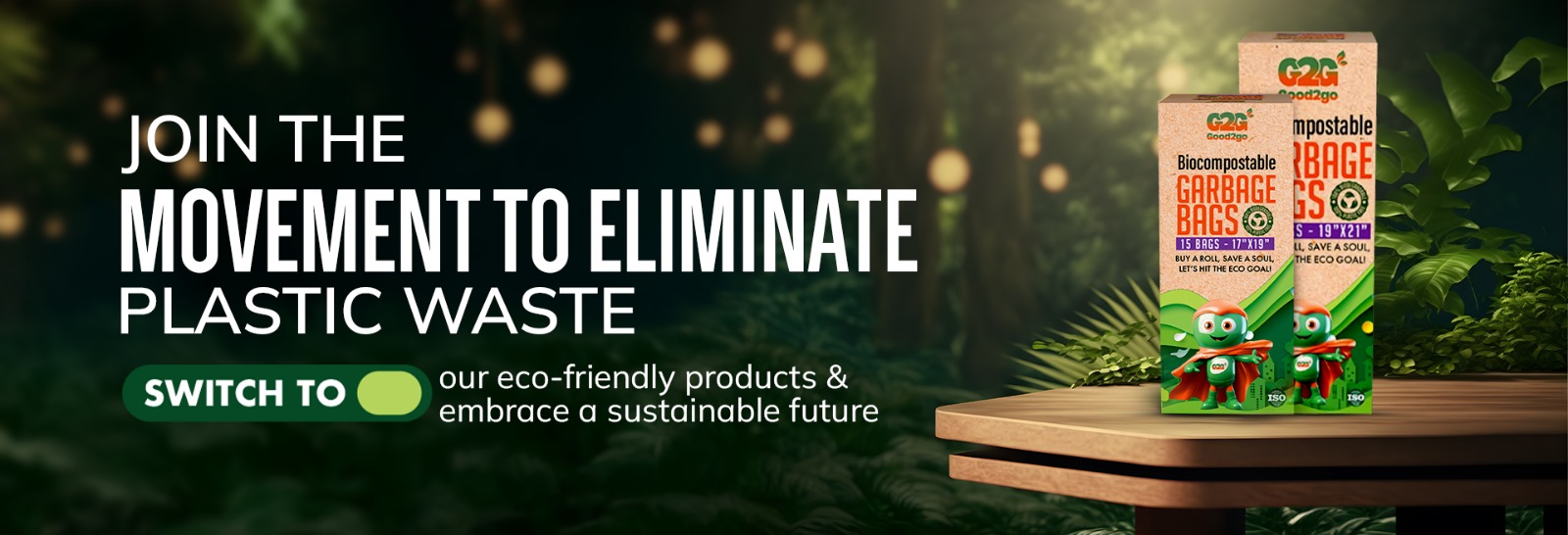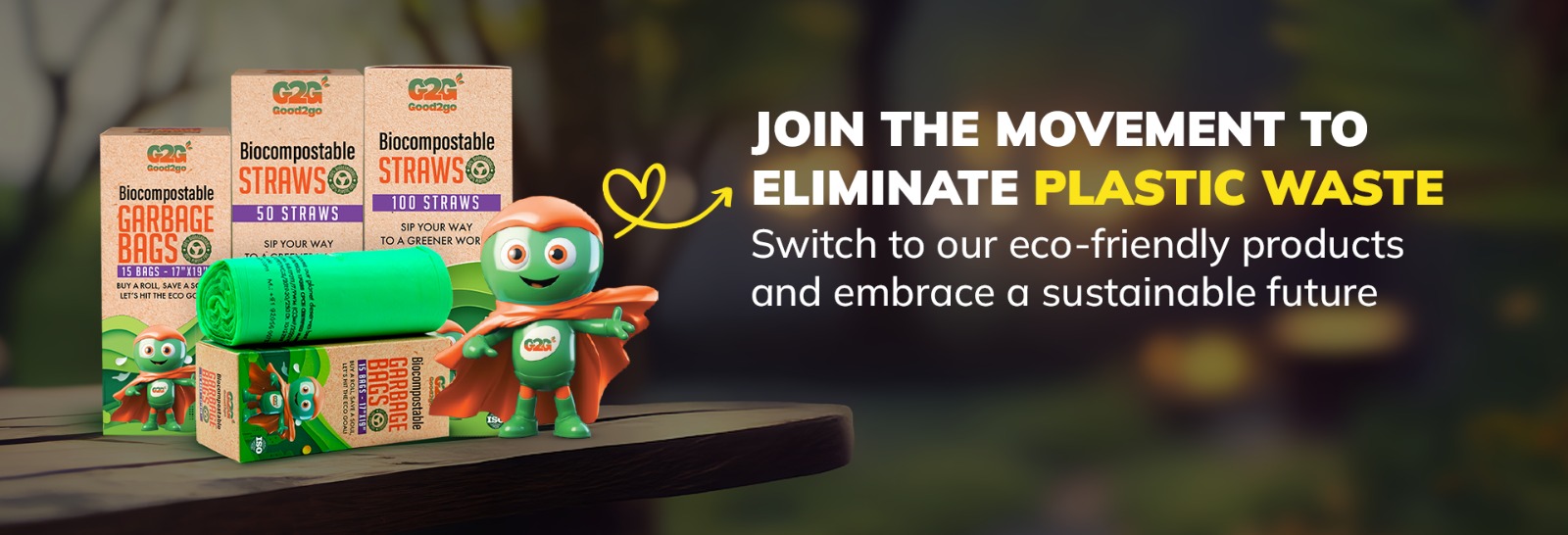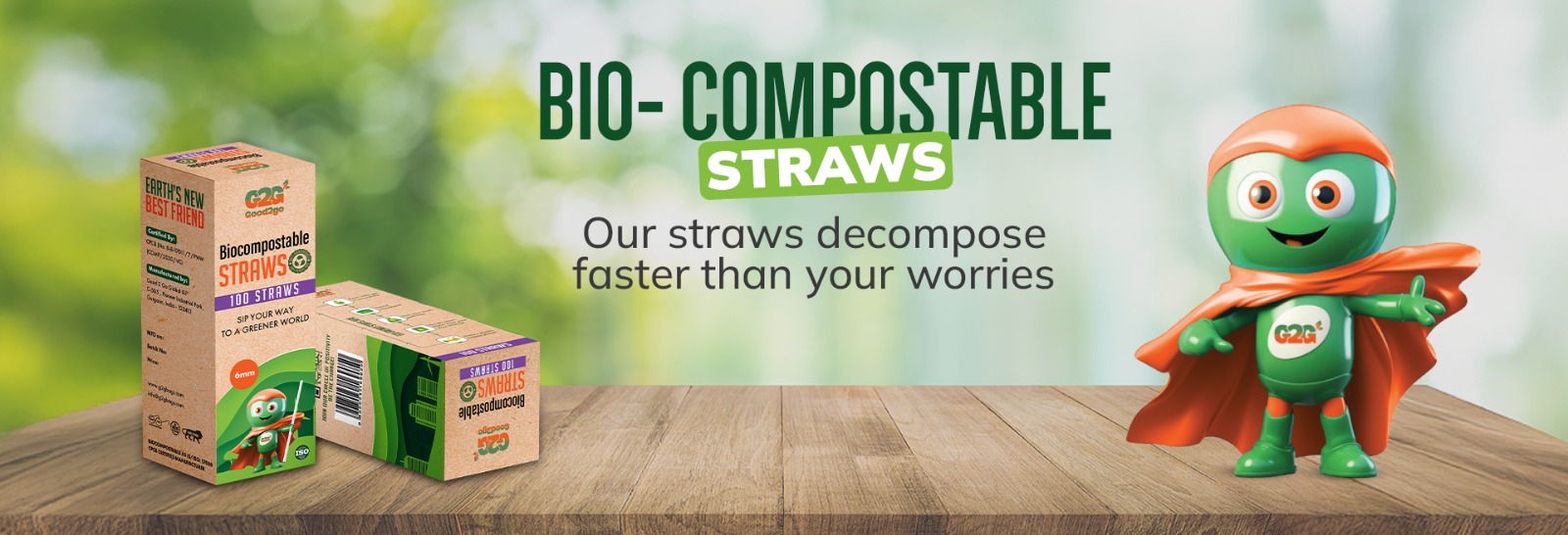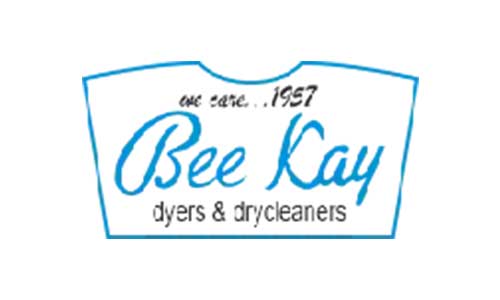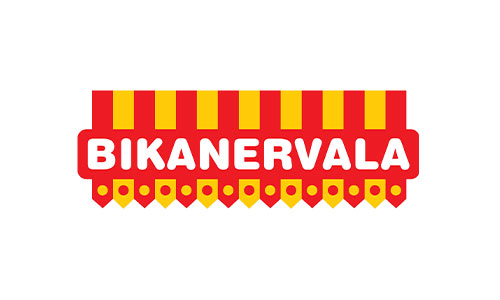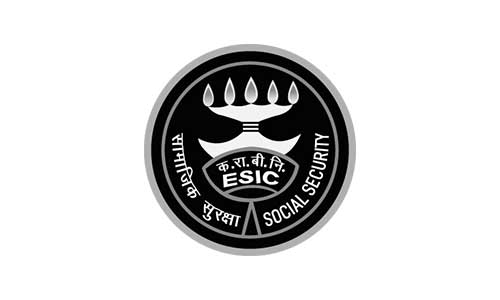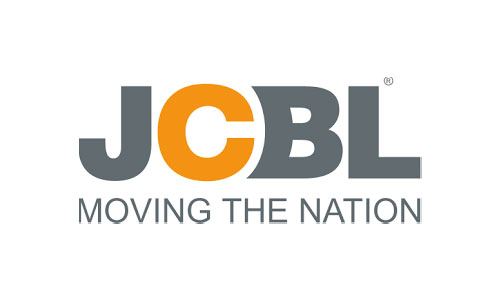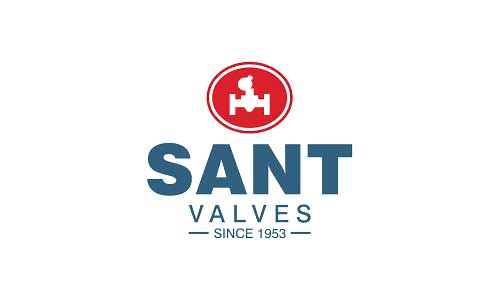Manufacturing a legacy for the future
Acing Sustainable Waste Management Solutions Offering environment-friendly garbage bags & packaging products
If you ask Earth, we're Good2Go! We craft compostable alternatives to single-use plastic for a cleaner future.
Learn More
The Plastic Problem:
A Global Crisis
Each year, 300 million tons of plastic are produced, half for single use. Over 8 million tons end up in our oceans, threatening marine life. By 2050, plastic could outweigh fish, highlighting the urgent need for sustainable solutions.

80%
of all marine debris, from surface woters to deep-seo sediments, is plastic. Soon our oceans will have more plastic than fish. Every year, ot least 14 million tons of plastic find their way into our oceans,threotening marine life, ecosystems, and the health of the planet.
Source - IUCN.org

80% to 90%
of microplastic particles from sewage remain in sludge, which is frequently used as fertilizer. This practice results in several thousand tons of microplastics being introduced into agricultural soils every year making their way to our food chain.
Source: unep.org

72%
of milk samples tested in a recent study ound to contain microplostics, ling both supermarket and form- milk This contomination s antibuted to piosties in animot high ghing a senour concor for wipe the doiry industry but o ng public healt crisis for all foods.
Source - dailyreporter.com

2.8 million
microplastic particles can be inhaled monthly from the air,, while bottled water consumption adds 90,000 particles to our diet annually. These plastics have been found in human blood, lungs, and organs making their way to unborn babies with no fault of theirs.
Source - sciencedaily.com
smithsonionmog.com
springer.com

70
Global Shift Toward Plastic-Free Futures
Over 70 countries have enacted single-use plastic bans, cutting pollution by up to 30% in affected regions. These policies align with UN Goals 12 and 14, promoting eco-friendly alternatives and advancing a circular economy.

40
Regulations Driving Sustainable Innovation
Over 40% of industries aim to eliminate single-use plastics by 2030, driven by regulations and demand for sustainability. This aligns with UN SDGs 12 and 13, boosting innovation in reusable and biodegradable materials.

